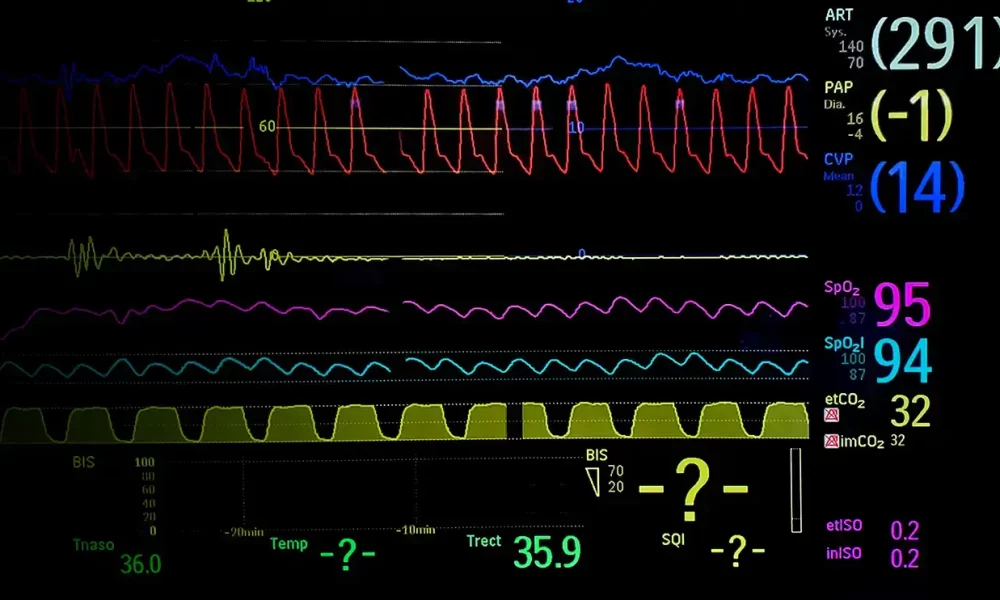justinthedeeps
Contributor
For relaxed (≤1L/min O2 metabolism) dives it is quite possible to put up to six hours (or more) on a well packed standard JJ axial canister without signs or symptoms of CO2 buildup. No guarantee and not recommended for deep or serious diving that could encounter expected or unexpected exertion. The Sofnolime itself is rated at 150 L CO2/kg, which works out **in theory** to much longer than 3 hours. And this does evidently play out in real use.
A few people reportedly got hits on fresh canisters in under two hours, but additional conditions and circumstances of those incidents are not always clear...
Distributions of actual breakthrough times for real in-water diving are not known. All of the [non-military?] tests have been people pedaling vigorously on stationary bikes in dry labs at 2-3+ MET, which is significantly above most diving exertions.
The theory about depth/pressure/density reducing scrubber time is also probably not adequately measured or tested in compression chambers or actual diving tests either.
BOVs should increase the safety margin for earlier sanity breaths or CO2 hit surprises, but this isn't explicitly tested either.
Suppose you packed a bunch of canisters with specific but randomized/blinded known durations, and instruct in-water divers, on real dives, to flip onto OC gas when they suspect a breakthrough. Then measure:
a) how long it takes for them to decide and execute a bailout, and
b) what the ppm CO2 is when they do so.
Would we expect (a) and (b) to be the same when comparing BOV, vs. necklaced reg, vs. staged reg?
A few people reportedly got hits on fresh canisters in under two hours, but additional conditions and circumstances of those incidents are not always clear...
Distributions of actual breakthrough times for real in-water diving are not known. All of the [non-military?] tests have been people pedaling vigorously on stationary bikes in dry labs at 2-3+ MET, which is significantly above most diving exertions.
The theory about depth/pressure/density reducing scrubber time is also probably not adequately measured or tested in compression chambers or actual diving tests either.
BOVs should increase the safety margin for earlier sanity breaths or CO2 hit surprises, but this isn't explicitly tested either.
Suppose you packed a bunch of canisters with specific but randomized/blinded known durations, and instruct in-water divers, on real dives, to flip onto OC gas when they suspect a breakthrough. Then measure:
a) how long it takes for them to decide and execute a bailout, and
b) what the ppm CO2 is when they do so.
Would we expect (a) and (b) to be the same when comparing BOV, vs. necklaced reg, vs. staged reg?







